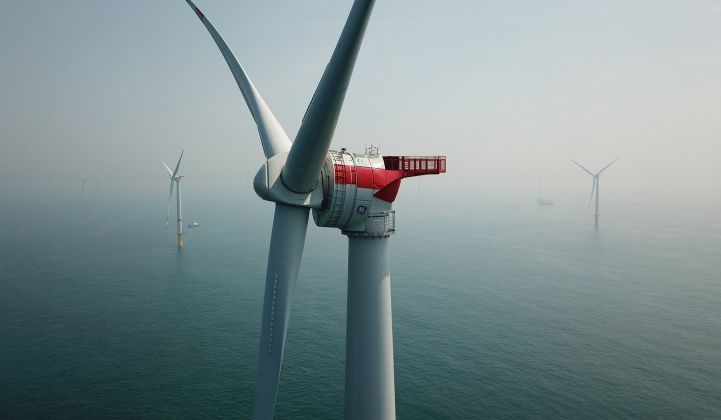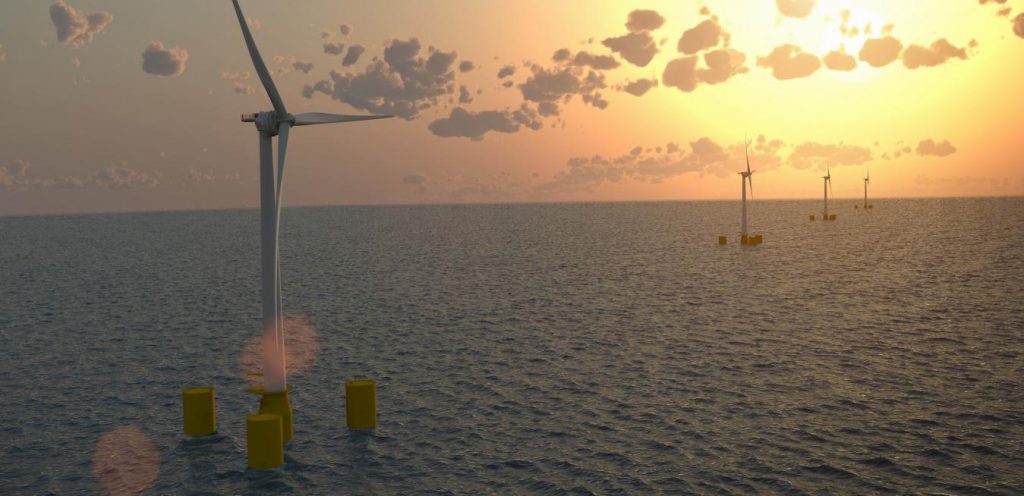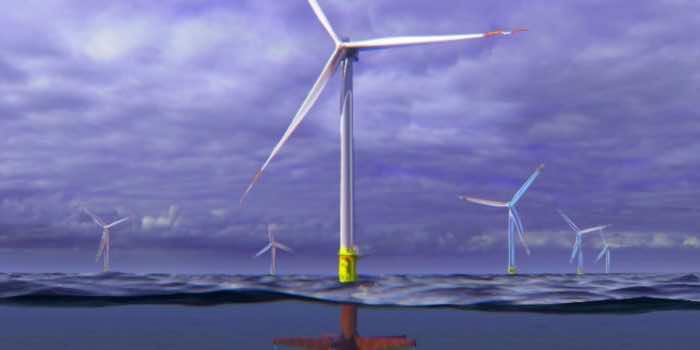Good-to-float wind turbine concept introduced in a world-first.
GE has unveiled the new design, but the question arises whether if it would sustain the torrents of the sea.
The tidal waves are much stronger in the middle of the ocean, so the idea seems to be more effective in producing more energy with lesser installations, however, those wind currents also are a source of the massive tidal waves, which could hinder the floating stability of the wind turbine.
The new idea could transform renewable energy for an increased outcome, the concept proposes the development of floating wind turbines which could expand offshore wind development into deep ocean localities.

A blog post shared on the company’s website stated, “a new concept that might transform the future of renewable energy, proposing the development and commercial construction of floating wind turbine farms capable of expanding offshore wind development into deep ocean regions.”
GE’s claim pertaining to the floating wind turbine’s effectiveness comes raising questions. How will it survive the harsh tides of the ocean? Will it keep on generating clean and renewable energy?
Earlier on, the floating wind turbines’ concept was denied, given the hefty cost and less practicality. Alongside the dangers posed by the mighty ocean tides and hurricanes. Floating a renewable energy source as gigantic as a wind turbine didn’t sound like an applicable concept.
However, GE thinks that these concerns can be met using advanced turbine control, which the company built partnering with a consulting firm, Glosten.
Through their collaboration, GE and Glosten are incorporating advanced sea-based floating solutions to GE’s largest turbine. A hint of its size can be taken from the fact that it compares the height of the Washington Monument and Statue of Liberty combined.
Developing and building a floating wind turbine comes posing challenges, it is like, “putting a bus on a tall pole, making it float and then stabilizing it while it interacts with wind and waves,” said GE’s Principal Investigator Rogier Blom, taken from a report by The Verge.

Up until now, GE has scored $3 million in awards from the U.S Department of Energy to develop its two-year project. The project incepted in 2020, and the company has a chance to build a real-world prototype if the simulations and modeling of the design show success.
The proposal from GE sounds a promising one, least to say, it is worth exploring, however, time will tell how much chance does the idea stands in becoming reality. If it becomes a success, it sure will transform the renewable energy sector to some extent.


